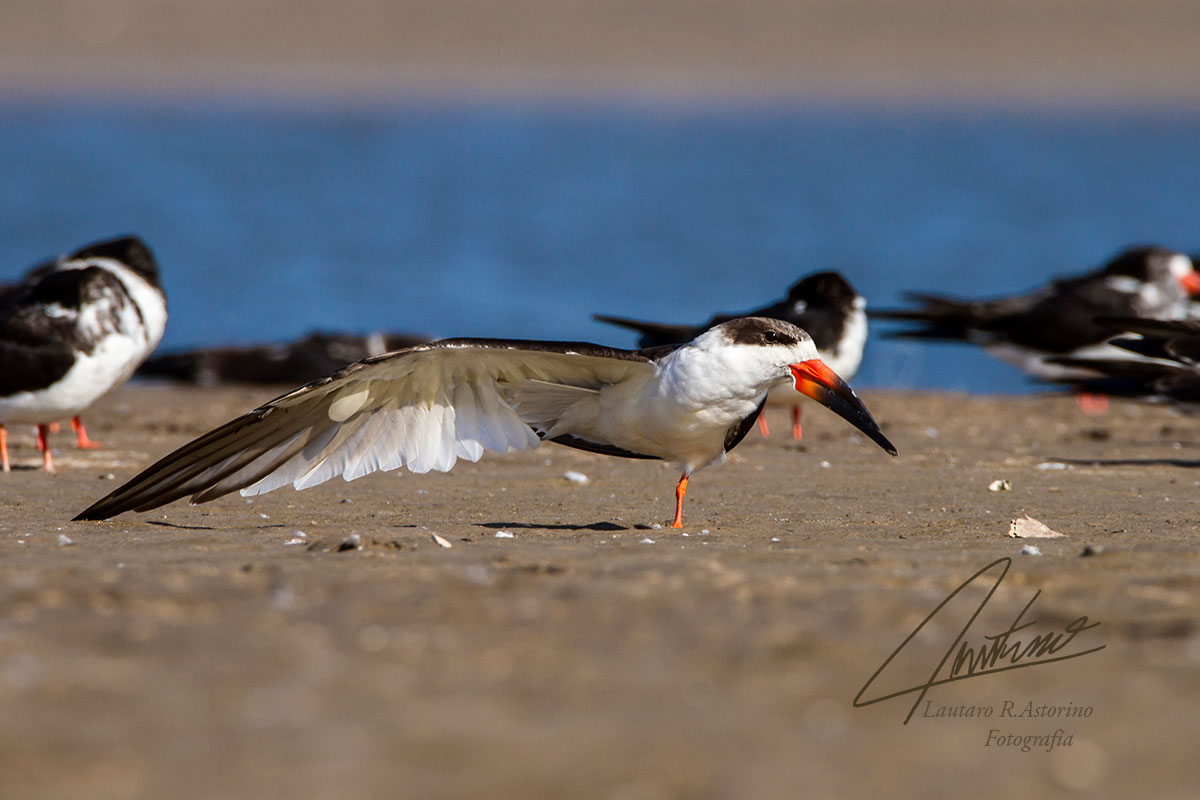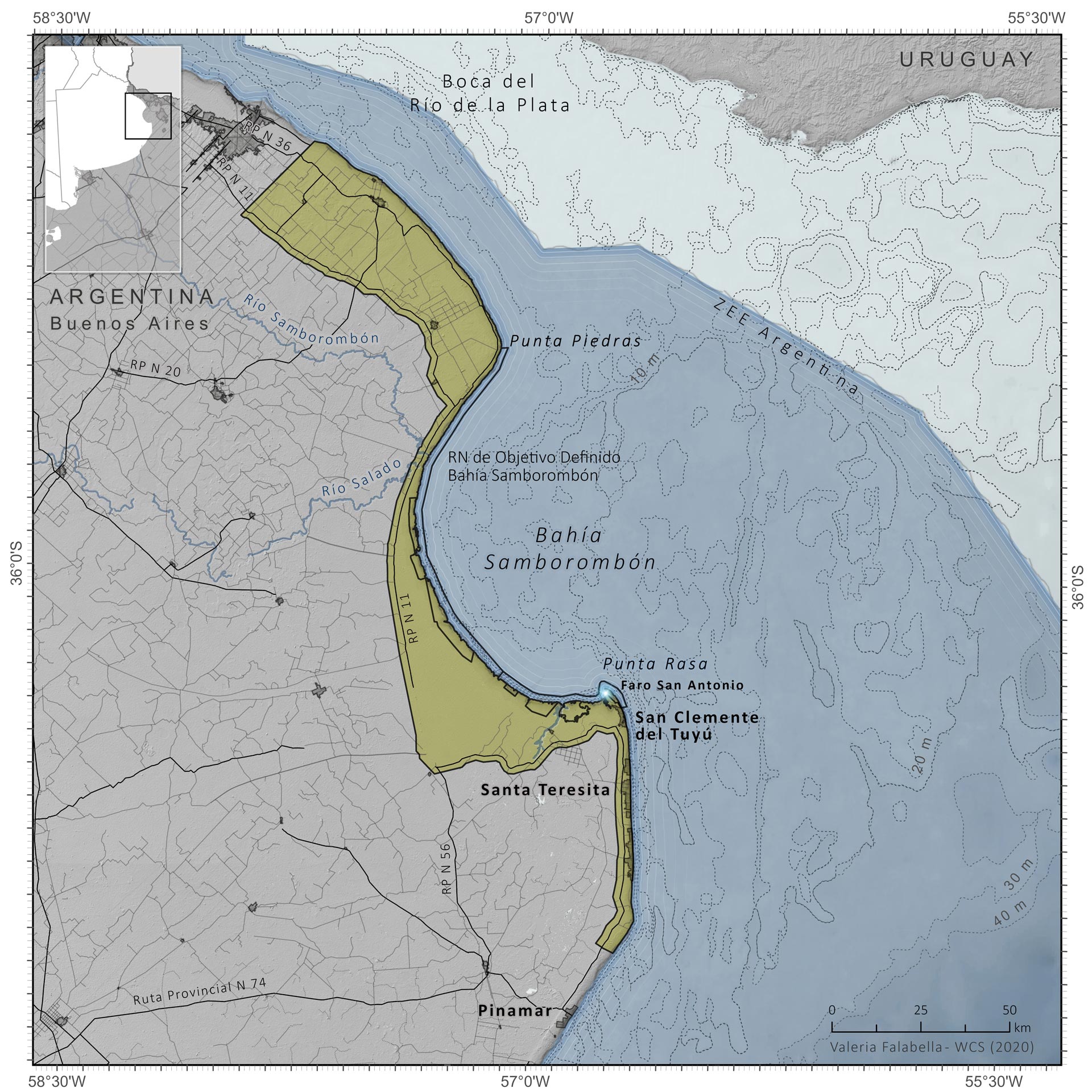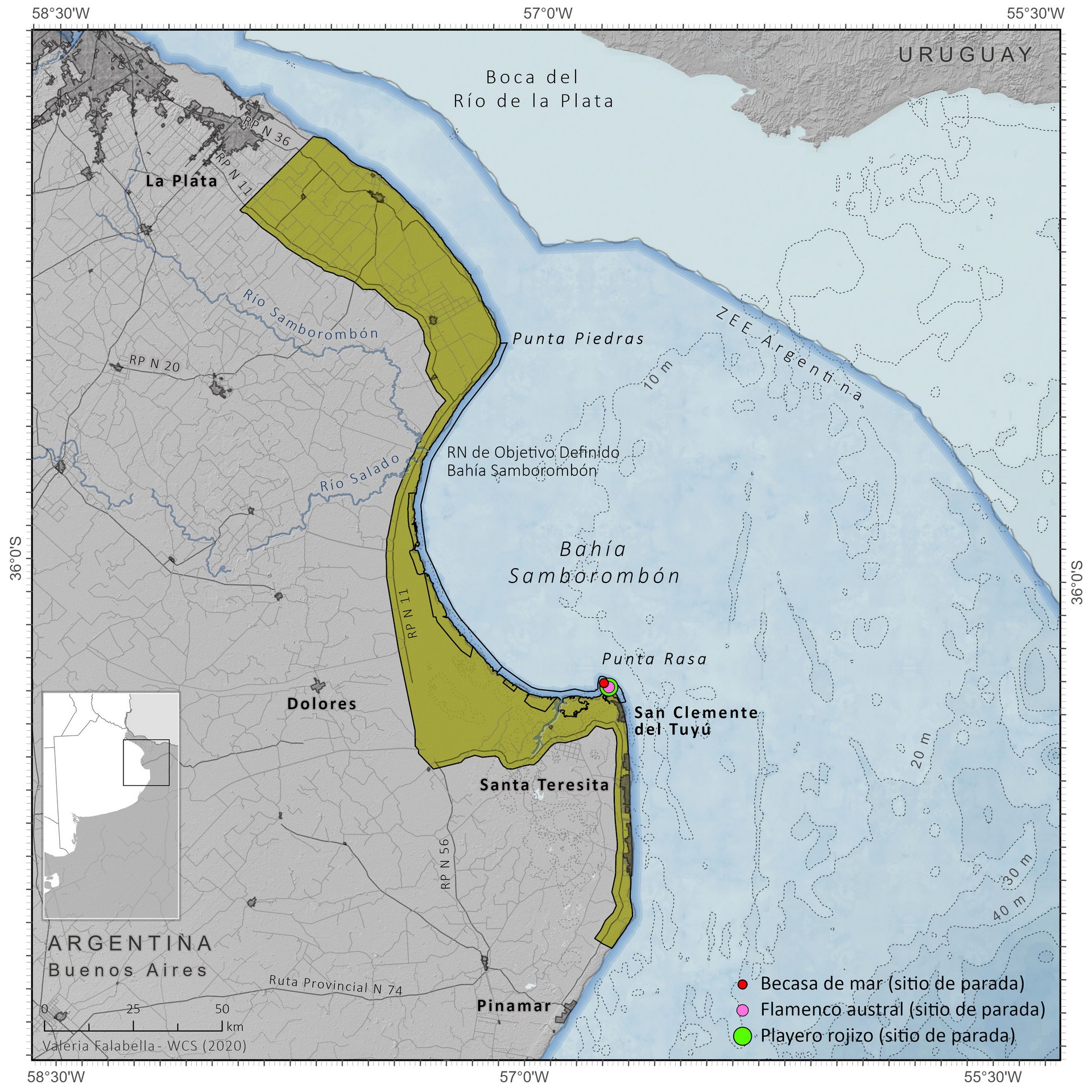Cover Photo © Lautaro Rodriguez Astorino
Description
This natural area provides refuge to an important variety of native species, such as birds, mammals, and the characteristic coastal crayfish. These wetlands have demonstrated their importance as habitats and refuges for endangered species, including the cinnamon sandpiper and red sandpipers. The area is home to the pampas deer, a species at serious risk of extinction. Apart from these environments, we find grasslands and brackish steppes that make up the characteristic depressed pampas.
Geographic Location
Province
Buenos Aires
Coordinates:
-36.09° Latitude S
-57.38° Longitude W
Size and Limits
Total Area:
Marine Area (RNOD):
Continental Area (RNI):
NOTES ON SURFACE ESTIMATION
Area estimated based on the calculation of the area of the polygon represented on the map (ArcGIS PRO) with an Albers Equivalent Conic projection to preserve area calculations.
APN reports 4023.51 km2 (Read More)
Legal Aspects
Jurisdiction
Provincial
Year of Creation
1997
Creation Legislation
Provincial Law 12016/97
IUCN Mangement Category
Marine Area
–
Continental Area
International recognition
Site on the list of Wetlands of International Importance (Ramsar, 1997), ICA (Birdlife International) and Site of International Importance according to WHSRN (2011).
Eco-regions represented
Marine
Land
Pampa Ecoregion
Conservation Objectives
This natural area provides refuge to an important variety of endemic species, such as birds, mammals and the characteristic coastal crab. These wetlands are important as habitats and refuges for threatened species, including the Cinnamon sandpiper and Reddish sandpiper. The area is home to the Pampas deer, an emblematic species at serious risk of extinction. Apart from these environments, we find grasslands and brackish steppes that constitute the very characteristic depressed pampas. This reserve consists of two areas with different management categories.

Conservation values
- Coastal myxoaline wetland
- Pampean grasslands
- Talares
- Pampas deer
- Migratory birds
Management
Year of Management Plan approval
2017
Management effectiveness and evaluation year
Not evaluated
Sources of information consulted:
National Ministry of Environment of Sustainable Development (2017).
Management Plan for the Natural Protected Areas of Samborombon Bay.
FREPLATA II Project – ARG/09 G46/UNDP
Provincial Agency for Sustainable Development (OPDS). Government of the Province of Buenos Aires (more info).
Seabird colonies: See Bibliography



